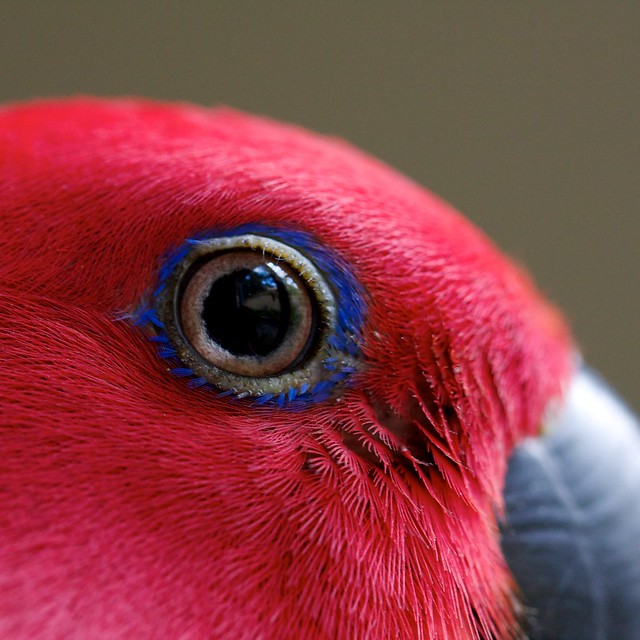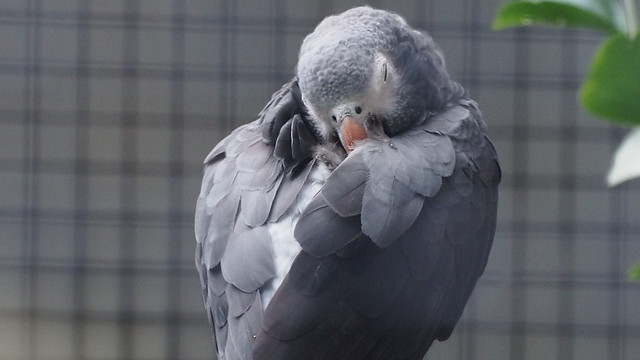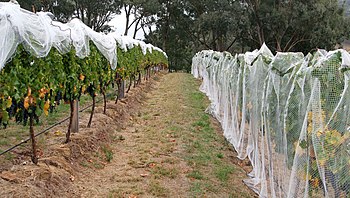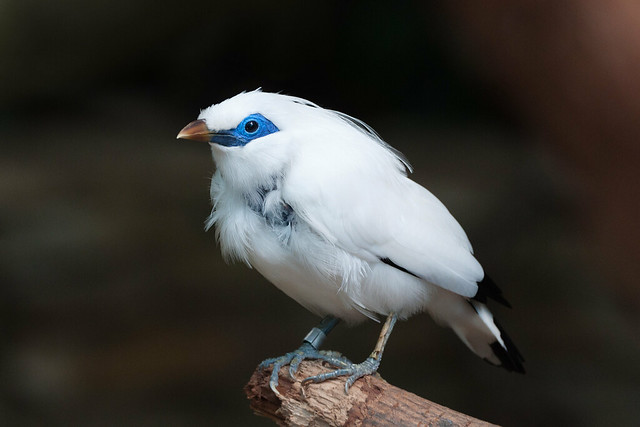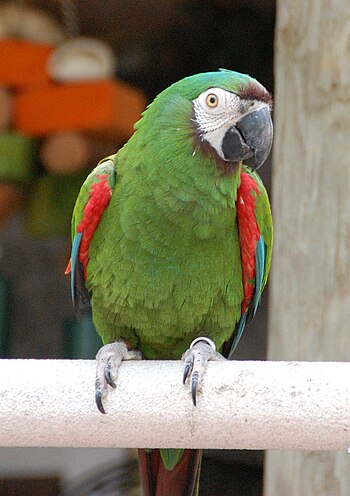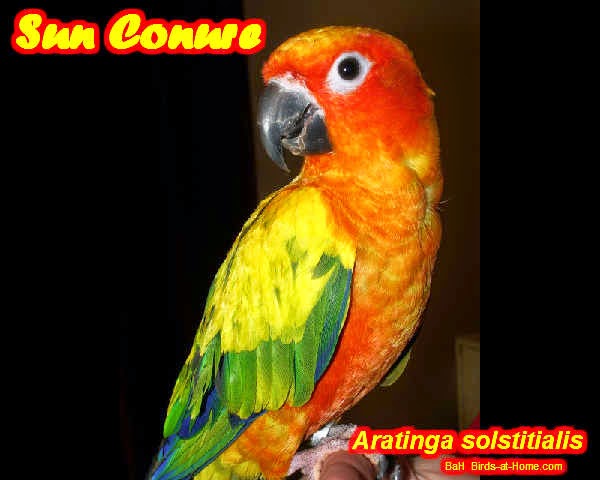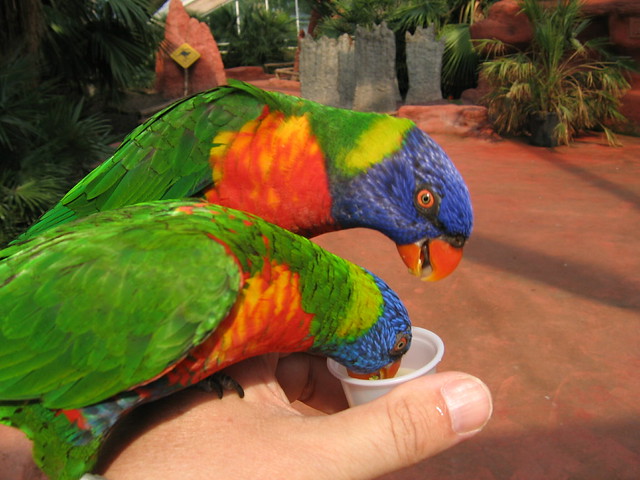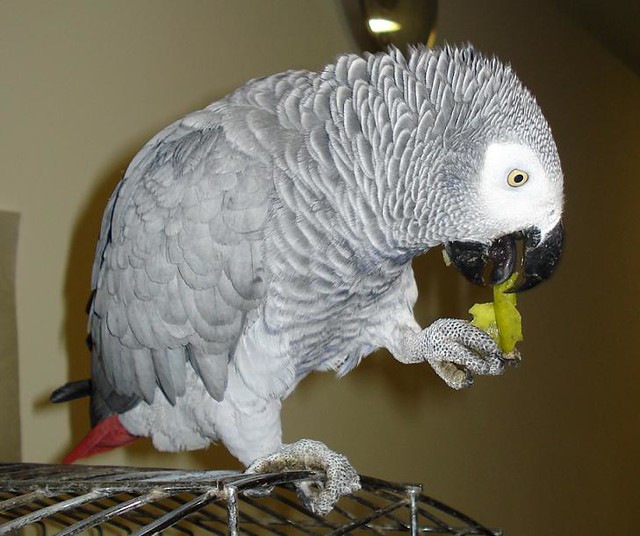 |
| Birders using a tower hide at Halikonlahti, Salo, Finland. (Photo credit: Wikipedia) |
Bird Watchers
The people that are being categorized as bird watchers are those who are only starting out. Everybody who is into this activity first become a bird watcher or just a mere observer. Their curiosity actually lead them to look and then look more until they've developed a habit of looking farther to see what the birds are doing and how they do it.
For such type, a journal would be fine. This is where they jot down their observations for the purpose of not forgetting. These notes would actually be helpful if they take their hobby to a different level, by being a birder. But for now, let the simple note taking do it for them. Theirs is a more simple task because what they see is far from scientific because they still don't have the equipment and the ability to see beyond what their naked eyes seem to tell them.
Birders
These are the more passionate people about the craft. They are not merely hobbyists, they do this to study and relate their observation with scientific research. This group would invest in materials to strengthen their claims. They are always on the lookout for the newest technology that could help them navigate more thoroughly. Birders go where the birds are.
Through research, they go the extra mile to travel where the birds that they haven't seen or haven't been seen by many are situated. The keep track of what happened on their journey. They take notes along the way.
Life List
This is what the electronic or written records contain. Such things can be done by the birders. As they search for the species, the venues in which they could find more types, and looking out for yet to be discovered kinds of birds, they contain it all in a life list.
The information in a life list should include where a certain type of bird was seen, classifying the bird and the date when it was seen. Noting what the bird's usual activities are and how they went on about such is also part of this.
The birders have variety and a long list of this kind. It shows their history as an enthusiast of how far they have gone in terms of the activity and how much they have already seen and learned in the process.
They can always go back to this data to change or modify some information depending on their further observation. This is the reason why as days or years go by and as the number of life lists being made by a birder piles up the data gear more towards being scientific because more proofs are available when anyone tries to contest what was recorded.
Keeping a bird watching life list would also benefit people in the future. As the study about the different types of birds become more and more varied, people can always refer to the information provided by the birders on this list for further researches to become more and more accurate.

